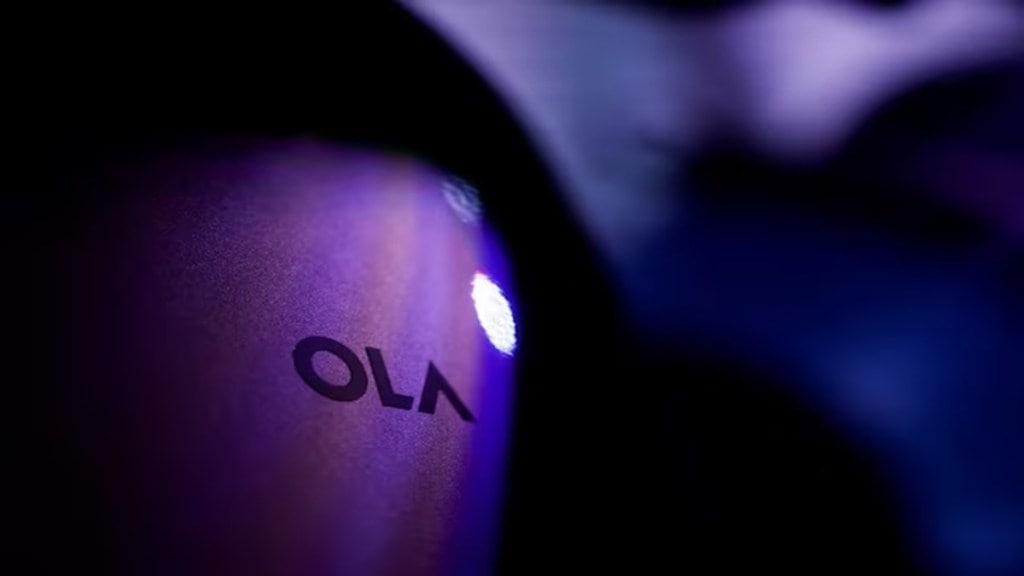Late September Ola Electric announced it would sell its two-wheelers via a multi-brand dealer network. However, unlike in a traditional dealership model, the investments to be made by the partners would be limited. The Network Partner Program, according to Chairman and MD Bhavish Aggarwal, will complement its direct-to-consumer (D2C) sales model and help it scale up the business faster.
Essentially, the retailers would not bear the cost of the inventory, which typically accounts for 25-30% of the total cost of a traditional dealership. From what one learns, the multi-brand retailers will probably have to fork out a deposit for the vehicles that are on display and which are test-driven by customers. The tab for the marketing and promotion costs will, of course, be picked up by Ola.
Aditya Khandelia, MD and Partner, BCG India, believes OEMs cannot the ignore importance of physical sales and service infrastructure if they want to scale up sales faster.That’s true. Setting up a traditional dealership can cost as much as Rs 2.5 crore.
As Rajat Mahajan Partner, Deloitte India, points out, the cost typically tends to be 20-25% higher, at the bare minimum if the OEMs set it up themselves. “If someone is spending that much money, expand independently across the country becomes challenging,” he says.
BCG’s Khandelia notes, third-party dealers typically earn a share of the revenue for every vehicle sold. In addition, they earn from service and sales of spares. In a traditional dealership model, as Deloitte’s Mahajan points out, dealers make a gross margin of 8-10% of which 4-5% comes from vehicle sales, 1% from the sale of value-added services and around 3-4% from vehicle service and spare parts.
With EVs, however, it will be slightly different because, as Jeffry Jacob, Partner and Head (automotive) KPMG in India, explains, the significant share of margins from services and spares will be missing. “That revenue is almost entirely absent in EVs because they don’t require servicing as frequently as petrol vehicles,” he observes.
In general, a D2C model can be helpful, says Deloitte’s Mahajan. It helps the company retain the customer data and also decide on personalized offers. “It is a good sales strategy, but at the same time, it is difficult to be connected on the ground especially in high involvement category like autos,” Mahajan believes. “In a dealership, it is often hard to customise offers and keep prices consistent,” he explains. Indeed, customers today do much of their homework online.
As BCG’s Khandelia points out, 80% of consumers looking to buy an electric two-wheeler will probably read the reviews online and visit the company website for product specifications, offers. Financing options too will be checked out online. “Both new-age and traditional players need to deliver a seamless omnichannel experience,” he says.
For newer players, competing with legacy manufacturers that have built up country-wide networks, the D2C route can speed up time to market says KPMG’s Jacob. That’s the reason they have little option but to use it. At the same time, customers want to not just see the vehicle and drive it but also compare products. “There is a need to touch and feel,” Jacob says.
To be sure, a pure play D2C service can sometimes strain a company’s resources. “Logistically, pick- ups and drops, home service can be a logistical nightmare,” says Jacob pointing out that even a leading luxury brand didn’t completely bypass the dealer. Even a pure EV market leader in the US was compelled to set up showrooms for premium vehicles,” he says.
In Ola’s case, a pure-play D2C strategy simply isn’t delivering the volumes. With the competition creeping up, the company’s market share slipped to under 27% in September from 43.3% H12024, according to data on Vahan. It’s not as though rivals TVS Motor and Bajaj Auto, are leveraging their entire dealer networks to sell EVs; as of now, TVS sells electric 2-wheelers at 700 dealerships while for Bajaj Auto the number is 200. But going by their gains in the market, they’re doing well.
Not surprisingly, Ola has decided to explore the multi-brand retailer option. Having signed up over 600 multi-brand retail outlets, it plans to get to 1,000 ahead of the festive season and further to onboard 10,000 partners by end 2025. The idea is to whip up demand whip up demand, not just in the big cities but also in smaller markets.
The partial shift to the multi-brand retail model will not come without challenges. While sales volumes could get a boost, Ola’s operating margins– the best in the industry— could lose some of their sheen. As analysts at Bernstein have pointed out, the better ebitda profitability of Ola versus Bajaj Auto can be attributed to several factors including the fact that there is “no leakage in revenue in the form of a dealer margin”. By holding on to the inventory, OEMs, under the agency model, share only 50% of the basic margins with dealers compared to the traditional dealership model. For Ola, the additional costs will impact margins but not crush them.
What could take something of a hit, though, is the brand. It’s hard to keep the sales pitch uniform and maintain customer service levels when operating via multi-brand dealerships. Ola acknowledges company-owned, company-operated (COCO) experience centres are critical for a consistent brand experience across all touch points. But with the complaints piling up, its image risks getting further sullied.
